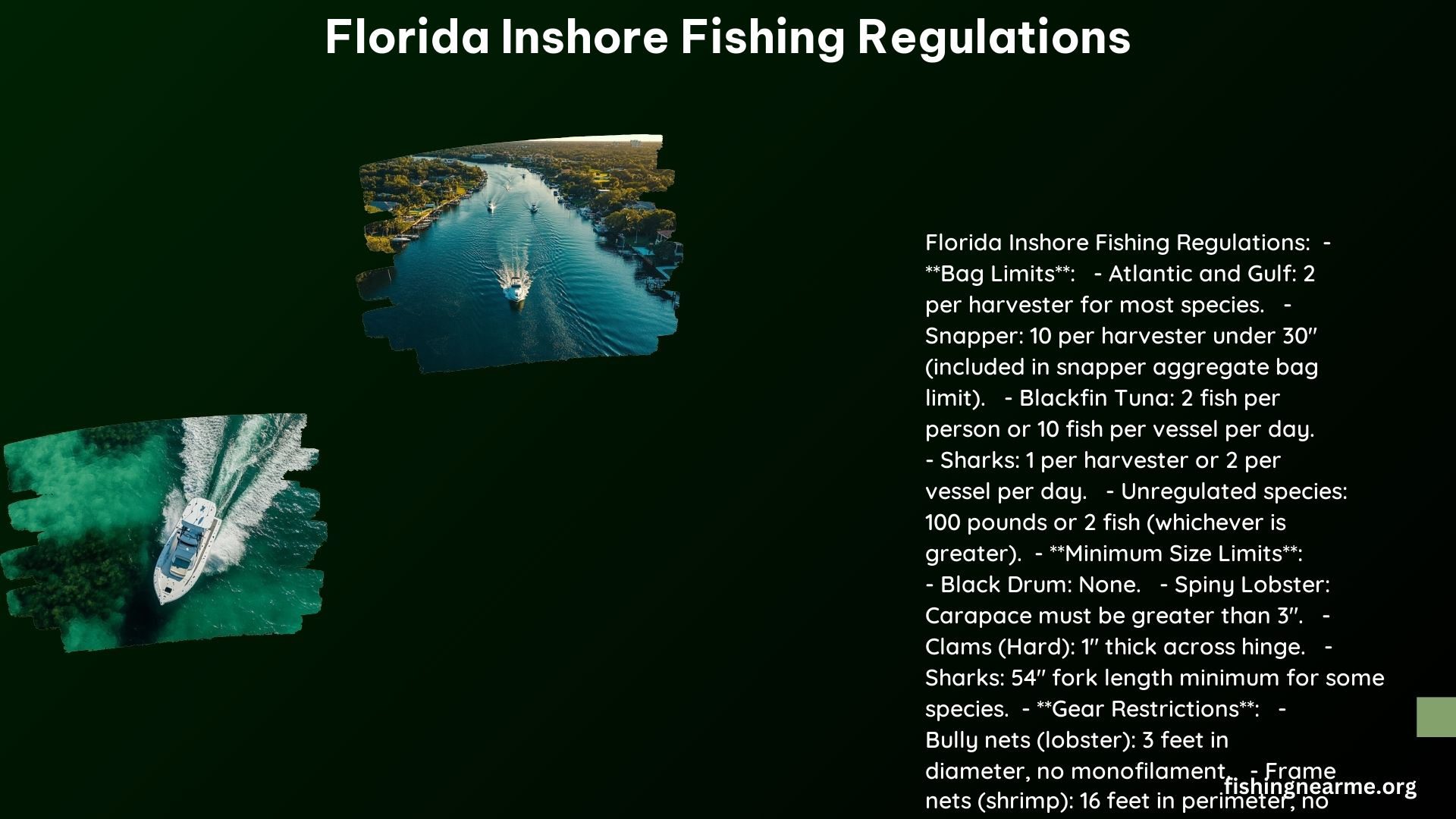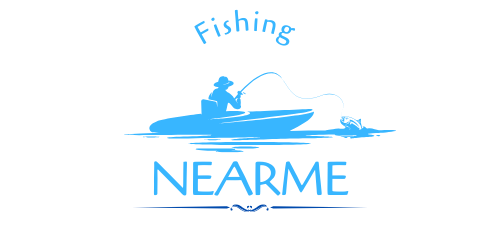Florida’s inshore waters are a prime destination for anglers seeking a diverse array of fish species. To ensure the sustainability of these valuable resources, the Florida Fish and Wildlife Conservation Commission (FWC) has established a comprehensive set of regulations governing inshore fishing. In this article, we’ll dive into the key details you need to know to enjoy a successful and compliant inshore fishing experience in the Sunshine State.
Licenses and Permits
Recreational anglers in Florida are required to possess a valid saltwater fishing license to fish in inshore waters. The license can be obtained for various durations, including a three-day ($17.00), seven-day ($30.00), or annual ($17.00 for residents, $47.00 for non-residents) option.
In addition to the saltwater fishing license, anglers may also need to obtain specific permits for certain species or activities:
- Snook Permit: Required for harvesting snook when a saltwater license is required. The annual permit costs $10.00 for both residents and non-residents.
- Spiny Lobster Permit: Required for harvesting spiny lobsters. The annual permit costs $5.00 for both residents and non-residents.
- Tarpon Tag: Required for landing tarpon. The tag costs $51.50 and is available only at tax collector offices.
Bag Limits and Size Restrictions

Florida’s inshore waters are home to a diverse array of fish species, each with its own set of regulations. Here are the key bag limits and size restrictions for some of the most popular inshore species:
Spotted Seatrout
- Northwest Region (Escambia, Santa Rosa, Okaloosa, Walton, Bay, Gulf, Franklin, and Liberty counties): 15 inches minimum size limit, 3 per harvester bag limit.
- Southwest Region (Pinellas, Hillsborough, Manatee, Sarasota, Charlotte, Lee, and Collier counties): 15 inches minimum size limit, 4 per harvester bag limit.
- Southeast Region (Brevard, Indian River, St. Lucie, Martin, Palm Beach, Broward, Miami-Dade, and Monroe counties): 15 inches minimum size limit, 4 per harvester bag limit.
Redfish
- No minimum size limit, 1 per harvester bag limit in all regions.
Black Drum
- 14 inches minimum size limit, 1 per harvester bag limit in all regions.
Gear Restrictions
Florida’s inshore fishing regulations also include restrictions on the types of gear that can be used:
- Nets: Bully nets (for lobster only) no greater than 3 feet in diameter, frame nets and push nets (for shrimp only) no greater than 16 feet in perimeter, and hand-held landing or dip nets no greater than 96 inches in perimeter are allowed.
- Cast Nets: Maximum stretched length of 14 feet.
- Powerheads, Bangsticks, and Rebreathers: Prohibited for harvesting fish, except rebreathers are allowed for lionfish.
Closed Areas and Seasons
Certain areas and seasons are off-limits or have specific regulations to protect sensitive habitats and fish populations:
- Florida Keys National Marine Sanctuary: No-take areas apply.
- Special Local Laws: Some areas have specific regulations or prohibitions, such as spearfishing restrictions.
- Spiny Lobster Season: Sport season open July 24-25, 2024.
Exemptions
While the majority of anglers are required to possess a saltwater fishing license, there are some exemptions:
- Shoreline Saltwater Fishing License: Exemptions apply for certain groups, including residents 65 or older, disabled residents, and active-duty military personnel.
- Lionfish: No license required for harvesting lionfish by dipnet, pole spear, or Hawaiian sling, and there is no bag limit.
Additional Resources
To stay up-to-date with the latest regulations and ensure a safe and compliant inshore fishing experience, anglers can utilize the following resources:
- Fish Rules App: Available for iOS and Android, providing site-specific regulations and updates.
- FWC Website: Detailed information on regulations, permits, and species-specific rules.
By familiarizing yourself with the Florida Inshore Fishing Regulations, you can enjoy the state’s abundant inshore fisheries while contributing to their long-term sustainability. Remember to always check the latest regulations, obtain the necessary licenses and permits, and fish responsibly.
References
- https://myfwc.com/fishing/saltwater/recreational/
- https://www.eregulations.com/assets/docs/guides/24FLSW_JAN-LR.pdf
- https://www.sitd.us/files/ef886b383/saltwater%2Bfishing%2Bquick%2Bchart.pdf
- https://www.sitd.us/files/234c1bada/Jan2021_FL-FWC-FishingRegulations.pdf
- https://myfwc.com/fishing/saltwater/
